Germany, which suffered heavy losses in two consecutive major world wars in the 20th century and was on the defeated side, is now considered one of the 5 largest economies in the world. So, how did this country, which the whole world should take as an example with its great development and stable development, come to this day despite the heavy blows it received in the past?
It has been seen in history that wars have many times radically changed the fate of countries and peoples, and often the defeated ones can never regain their former power no matter how hard they try. But the German people are showing that this will not always be the case. one of the biggest exceptions.
Emperor II World War I and II, led by Wilhelm and Adolf Hitler, respectively. Germany, which participated in the World Wars and was disappointed with heavy defeats in both, achieved a rare miracle in history in the post-war period. II. The country, which was re-established after the destruction caused by World War II, has become an important country in the 21st century with its high technology, huge economic infrastructure and cultural riches. a major player in world politics became.
Today, Germany, which had to face the bitter face of wars many times in the past, despite all the negativities We will embark on a historical journey from past to present to understand how it came to this day.
Two countries born in the middle of nowhere after the war: West and East Germany (1945-1949)
II. For Germany, which was re-established by the Allied Powers after World War II, “country born in povertyWe can easily use the definition “. The country, which was re-established in a region such as Central Europe, where the great destruction and chaos brought by the war occurred, had to make a serious effort to cope with the consequences of the war and to develop again.
Moreover, as if all these difficult conditions were not enough, the new state was divided and under the control of the allied forces in 1949. West Germany and East Germany was divided into two. During this period, the West German government, which cooperated with England, France and the USA, made serious efforts for the restructuring and economic development of the country.
The US Marshall Plan and economic recovery during the Cold War (1948-1955)
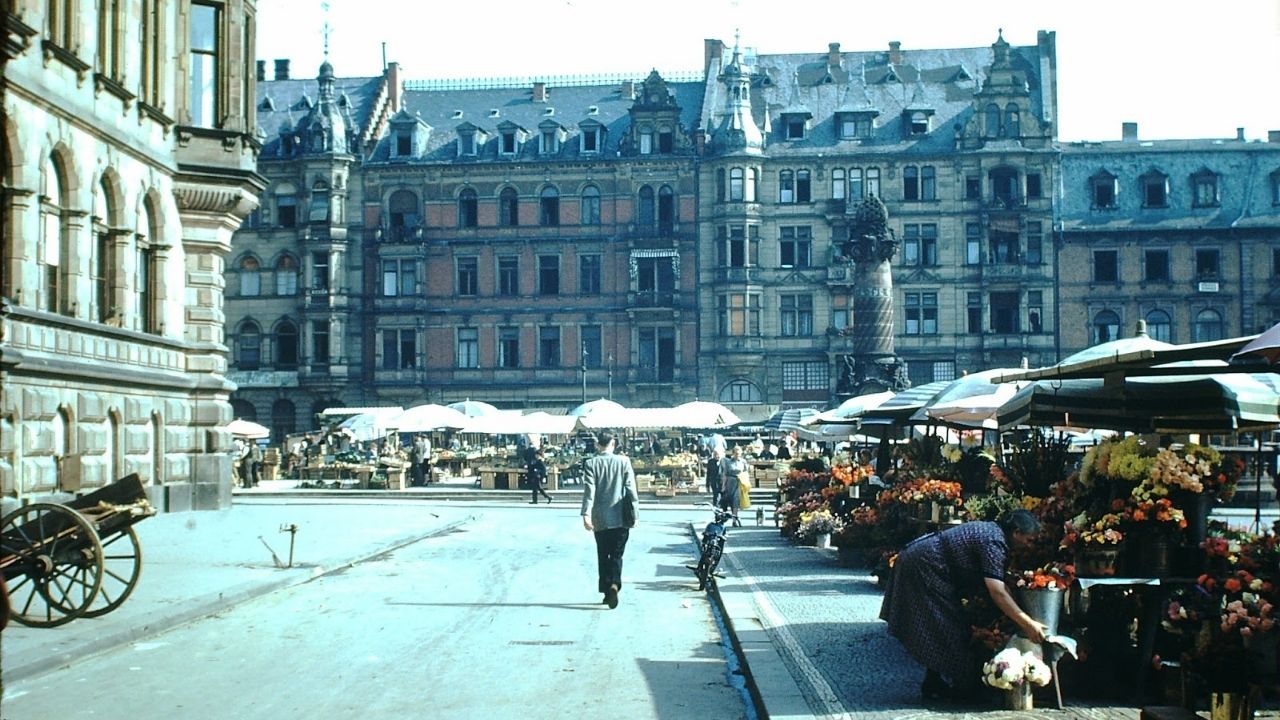
After the great division, West Germany, which was founded by the United Kingdom, France and the USA by uniting the occupation zones, was named the Federal Republic of Germany due to its management style in this process. The new country was developed primarily by the United States to support the post-war reconstruction and economic recovery of Europe. Received major aid under the Marshall Plan. The aid in question was used to rebuild buildings that were virtually destroyed after the war in Germany, strengthen the infrastructure and revitalize economic activities.
East Germany, on the reverse side of the coin, was oppressive. under Soviet Union control It developed quite slowly. The development of East and West Germany at different levels during this period caused the living conditions of the two countries, especially those located next to each other, to differ greatly, and also led to the further exacerbation of the power struggle between the USA and the Soviet Union, which would deeply affect the German people.
Period of Economic Wonders: “Wirtschaftswunder” (1950s-1960s)
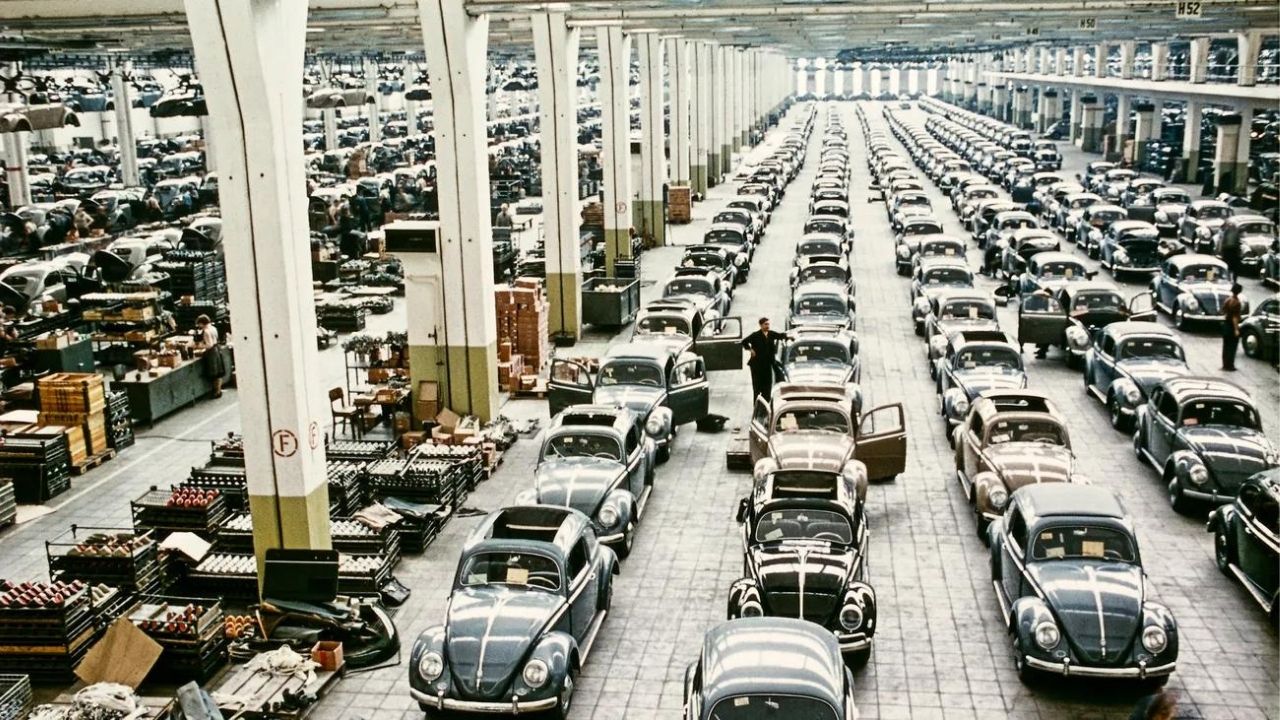
West Germany, which quickly completed its restructuring process with US aid, quickly recovered from the destruction brought by the war in the 1950s and entered a new era that would enable the formation of its current large economy. “Wirtschaftswunder” During the so-called economic wonders period, Germany’s industrial production and exports increased greatly.
In particular, many companies that were founded in the late 19th century but were on the verge of closure during the war period were revived during this period and became competitive worldwide. In this way, it will be at the top of many different sectors such as automobile, machinery manufacturing and chemical industry for a long time in the future. german productsfirst began to become popular during this period.
However, the great industrialization during the Wirtschaftswunder period reducing unemployment rates in the country, increasing living standards and increasing welfare levels provided. The German economy grew rapidly for the first time in this period and began to play an important role in world trade.
The great difference between East and West and the Berlin Wall (1960-1980)
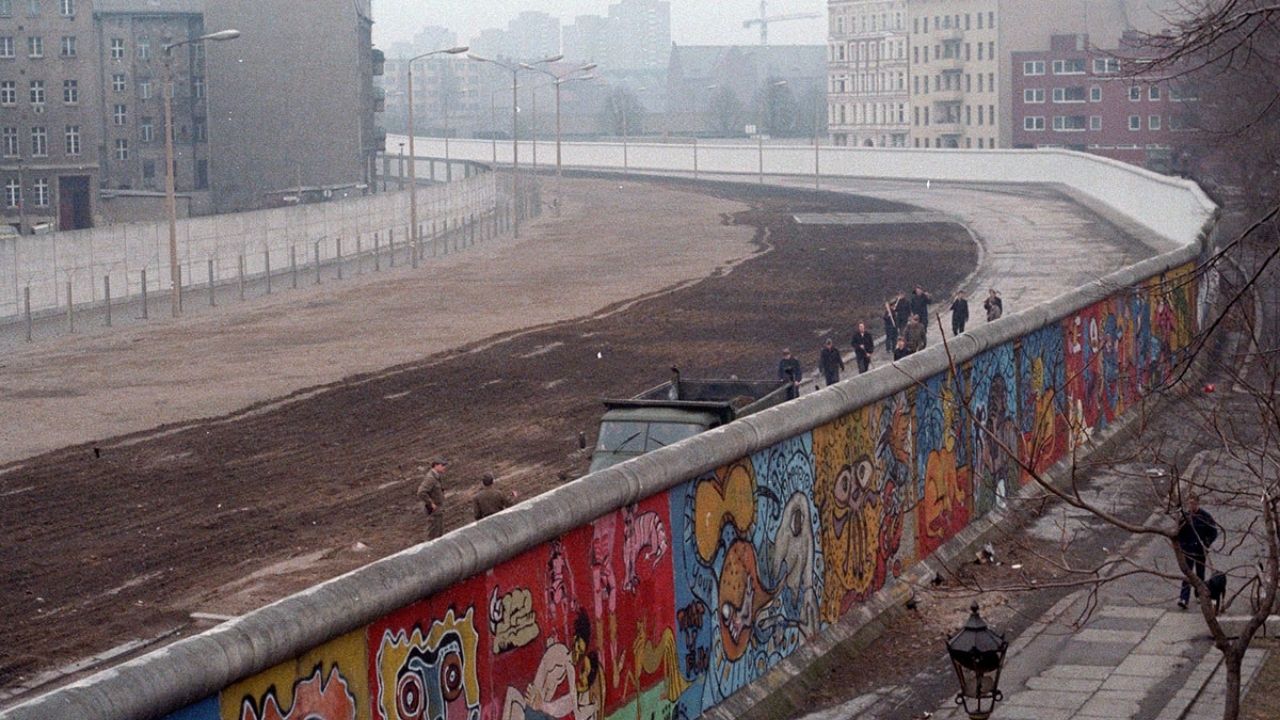
West Germany achieved success in the 1960s after a period of great development known as Wirtschaftswunder. Industry and technology focused economy While it continued to expand, things were not going as desired in East Germany, which had a lower welfare level compared to its neighboring country.
The miraculous development experienced by the West in the economic and cultural fields led to much better living conditions compared to the East during this period, and caused many citizens in East Germany to want to move to the West. Thereupon, the Soviet Union, which was still in competition with the USA during the Cold War, A large migration from East Germany to West Germany In order to prevent this, he started building a large wall in Berlin, the border city between the two countries.
West Germany, which continued its development without slowing down throughout this process, started to grow in the 1970s, especially in Turkey, as many industries needed more workforce. Labor agreements with many countries He started signing. The group of people who immigrated from our country to Germany to work in factories and who would be called “Alamanci” in the following years also went to West Germany for the first time during this period.
Unification of East and West Germany (1989-1990)
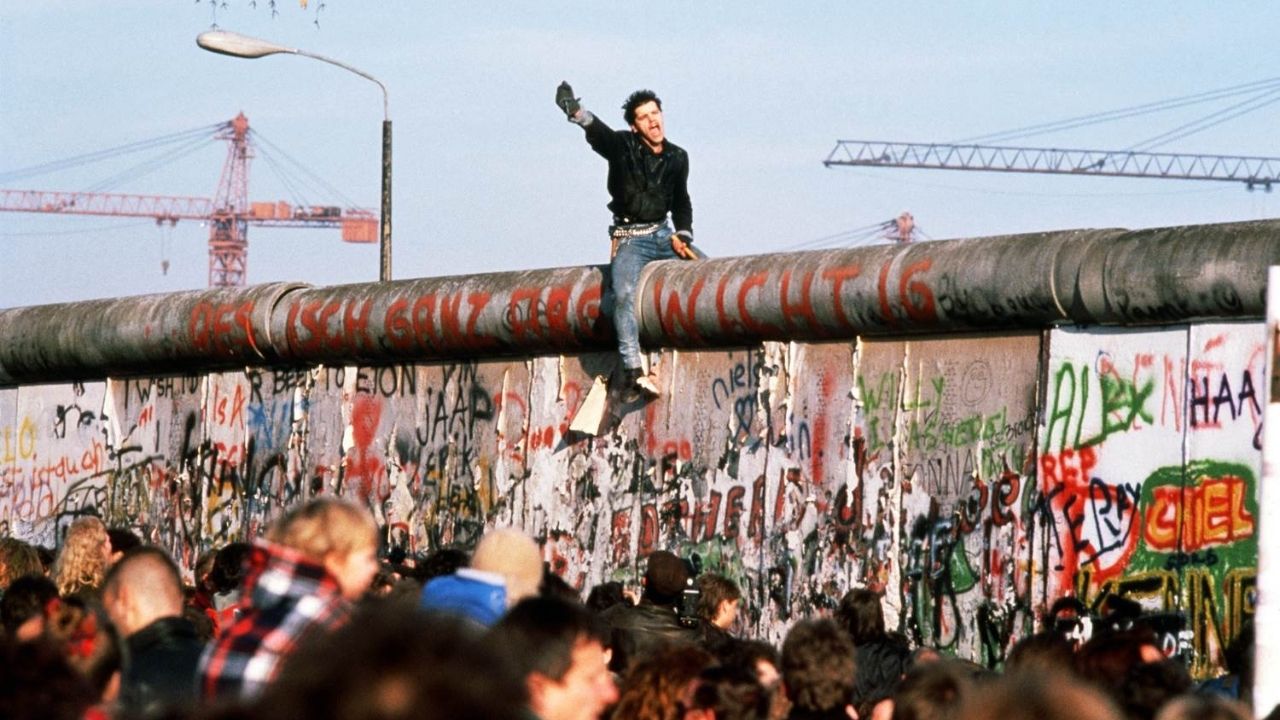
With the Cold War era fading into history at the end of the 80s, hopeful days began for the German people. It was first seen on November 9, 1989 as one of the important symbols of the Cold War. Berlin Wall collapsed.
While the incident in question was an indication that the power rivalry between the United States and the Soviet Union had ended, it also A historical turning point for the unification of East and West Germany It was recorded as. After the fall of the wall, both the Eastern and Western blocs reduced their pressure on the countries and the unification process of Germany officially began.
You can guess that as a result of the merger Germany’s economic volume grew even further. The reunion of resources and workforce in the Eastern and Western regions has made Germany one of the largest economies on the European continent.
The new Germany joins the European Union. (1993-2000)
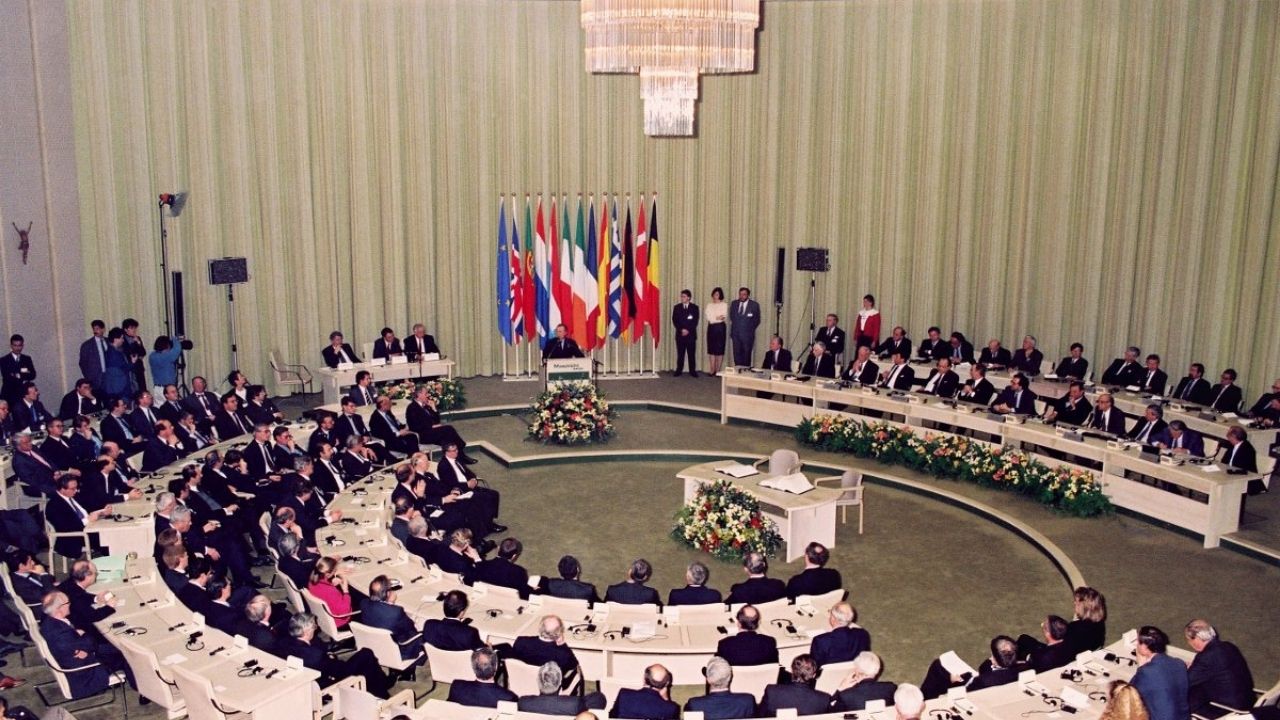
Founded on November 1, 1993 European Union, was an important breaking point for Germany and many other major powers on the continent. Germany, which took part in the establishment of the Union, had a share in the new order of Europe, from which it had been excluded in the past due to wars. Of course, this situation brought about a very positive atmosphere for the country’s economic activities.
The European Union, which contributes to the strengthening of free trade and economic cooperation within the continent, provides Germany with opportunities for cooperation with other countries. opportunity to expand and strengthen trade and economic relations presented.
Economic and political reforms took the country to the top. (2000 and later)
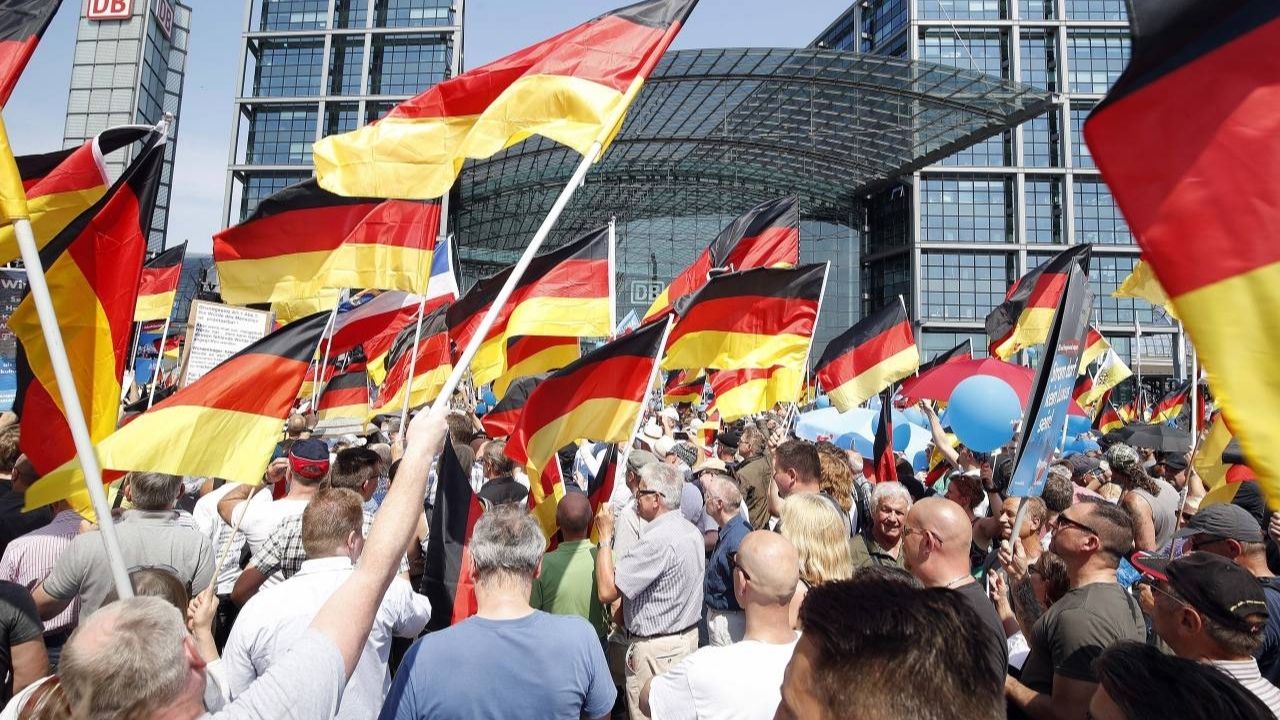
Germany, which was re-established after the bitter consequences of two great wars in the 20th century, made a strong start to the millennium with the economic activities it has carried out since 1945. Country, after 2000 Investments in new technology and high value-added products Thanks to this, it has become the biggest player in many major sectors.
However, who took office in 2005 Led by Angela Merkel The government helped the whole world sympathize with Germany with its commitment to democratic values, the strong education system it implemented, new workers’ rights and social country policies. During this period, Germany crowned the work of the past years with technological developments and new economic regulations, and finally succeeded in becoming the 3rd largest economy in the world, leaving Japan behind.
Germany, which was reborn in the difficult political conditions and very limited opportunities caused by the First and Second World Wars, in which it was on the defeated side, will not be erased from the pages of history with its steady development since its foundation. He accomplished a miracle.
Of course, the German people, who took lessons from the past and never gave up on discipline and hard work, had a large share in the realization of this miracle. Just like they say in their proverbs, “Work brings bread, laziness brings famine.”
These contents may also interest you:
RELATED NEWS
Nazi Germany’s “Master Interrogator” Hanns Scharff’s Tactics to Get Prisoners to Confess Everything
RELATED NEWS
The Story of the Man Who Made the First Döner Kebab in Germany, Introducing Our National Food to the World
RELATED NEWS
